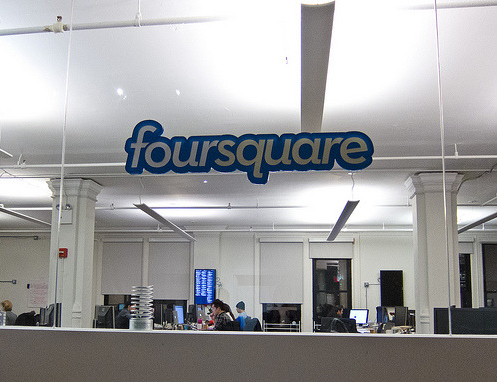There’s one internal communication tool, little known outside of tech circles, that’s been the management engine behind many of tech’s biggest successes. Known as Google Snippets (having started as an internal tool at Google), this single tool has grown to become one that many of the best technology companies use to keep their teams aligned and working in sync while giving them the freedom to work creatively and autonomously.
The reason the system at Google caught on is that it’s not only powerful but incredibly simple to use.
Snippets sends everyone a weekly email on Monday asking you what you did last week and what you planned to get done the next week. When you reply to the email, your response goes onto an internally accessible webpage, and the next day, you’ll get an email that shows you what everyone else in the company is working on.
What began as a modest tool for keeping everyone in the loop became a powerful tool for company-wide transparency, as Google grew from hundreds to tens of thousands of people. With Google snippets, every employee had access to important knowledge regarding what was happening in the company — a stark contrast from the old days when managers hoarded information and kept it from their reports.
As Googlers eventually spread their wings and left the company for other tech pastures, they brought snippets with them, which is how similar systems became critical management tools at companies like Foursquare.
Here’s why three of the fastest-rising tech companies today use snippets and how it fuels their success:





